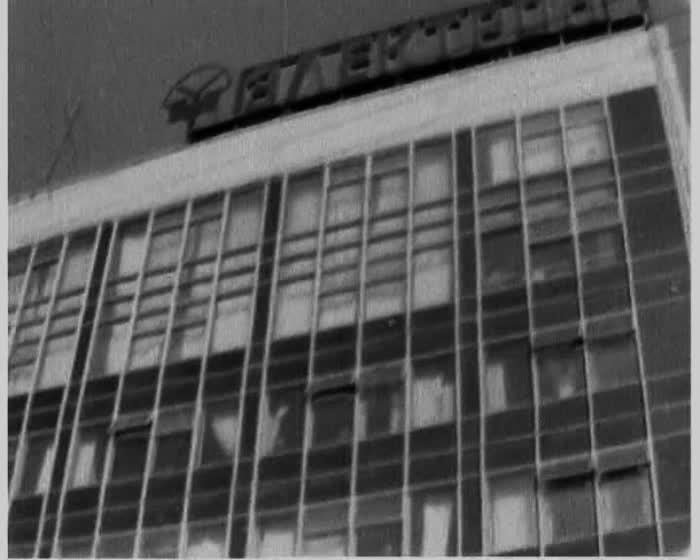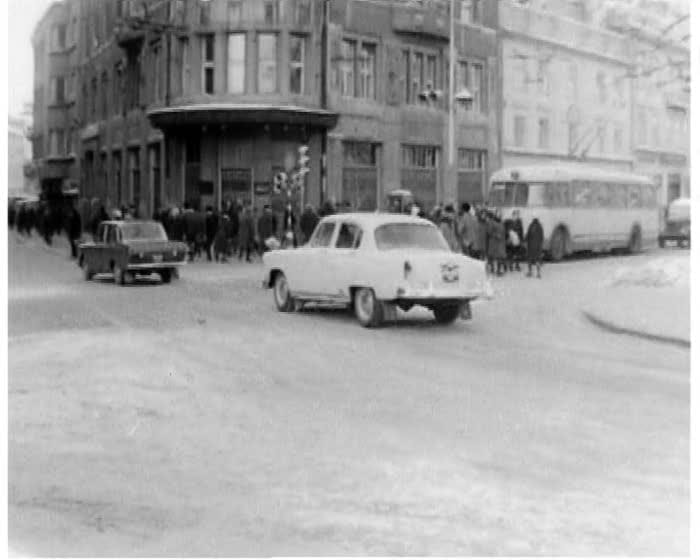ASUP Can Do More: A 1975 TV Story by Lviv Television
A 1975 news report made for Lviv television describes the use of the ASUP (Avtomatyzovana systema upravlinnya pidpryjemstvom - Automated Enterprise Management System) at the Lviv Electron plant, one of the largest TV manufacturers in the Soviet Union. Developed in cooperation with the Kyiv Institute of Cybernetics between 1964 and 1969, the system employed an electronic computer to perform calculations and record production data, marking the first implementation of its kind in the Soviet Union. The story emerged during a period of technological optimism in Soviet state policy, with the fields of cybernetics and computer engineering having developed over nearly two decades. By 1967, more than 500 institutions and tens of...



A 1959 TV story filmed for Lviv Television’s Lvivska Nedilia (Lviv Week) (№19) captures the early years of Lviv television and depicts the Soviet modernization of the city. Although the sound is lost, the visuals effectively narrate the story of public transport operations and how remote communication enabled quick responses to breakdowns, preventing disruptions in the public transport infrastructure. In the context of Lviv at the time, the introduction of the trolleybus was a significant symbol of Soviet modernization. Previously, the city only had a tram network. The new trolleybus routes connected the historic city center with the outskirts, where large enterprises and working-class neighborhoods were located. This report highlights the infrastructure’s role in serving the needs of the working class and demonstrates how the transportation system addressed and resolved breakdowns. The report also educates urban viewers about the causes of public transportation delays and the city’s response mechanisms. By showcasing the internal processes of the infrastructure, the audience gains insight into aspects they might not typically notice until a breakdown occurs. A key point emphasized is the technological innovation of remote radio communication between the dispatcher and the repair team, which allowed for quicker resolution of issues and reduced delays in the traffic schedule. This remote communication infrastructure was crucial for the efficient administration of city processes.